Comprehensive List of 26 Bootable Antivirus Rescue CDs for Offline Scanning
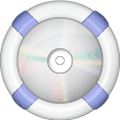
9. F-Secure Rescue CD
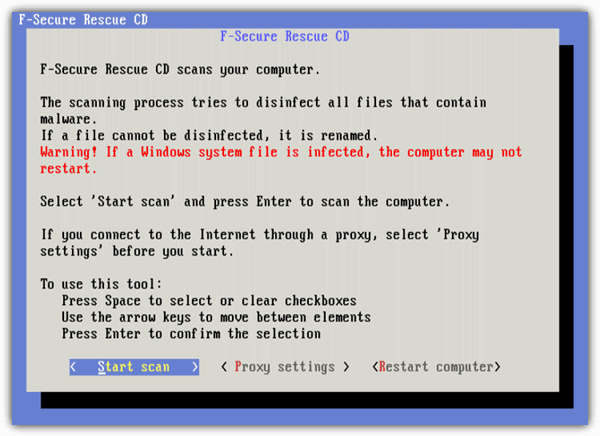
Price: Free
Operating System: Linux
File Size: 140MB
Format: ISO
Signature Update Method: Automatic online update before scan and Offline method when definition file is stored in USB
Default action(s) for detected items: Auto disinfect and renamed if a file cannot be disinfected.
Last Release: 29 June 2012
Additional Information: Can be installed to USB using UNetbootin. The official user guide contains detailed step-by-step instructions on how to load the offline virus definition file from USB drive. It is also possible to automate the scanning process without user intervention by pre-loading the virus definition and creating a config file.
10. G Data Boot-CD 2013
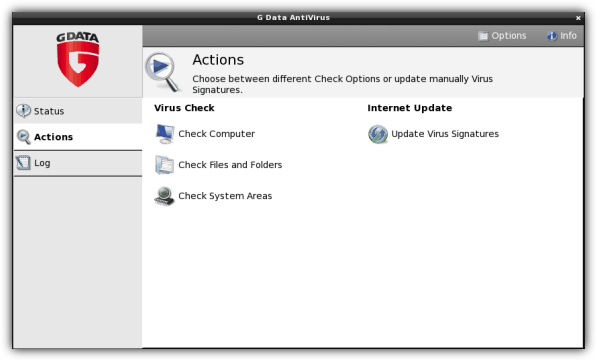
Price: Available only to G Data users (paid and trial)
Operating System: Linux
File Size: 264MB (ISO)
Format: write to CD/DVD, save as ISO
Signature Update Method: Online
Default action(s) for detected items: Instantly ask for action when virus is found.
Last Release: Not Applicable
Additional Information: G Data BootCD is a multi engine antivirus that uses avast! and Bitdefender. The BootCD can be created by clicking “More” at the top right of the program and select “Create boot CD”, or run the “Create G Data BootCD” shortcut from start menu.
You may also want to read:
11. Kaspersky Rescue Disk
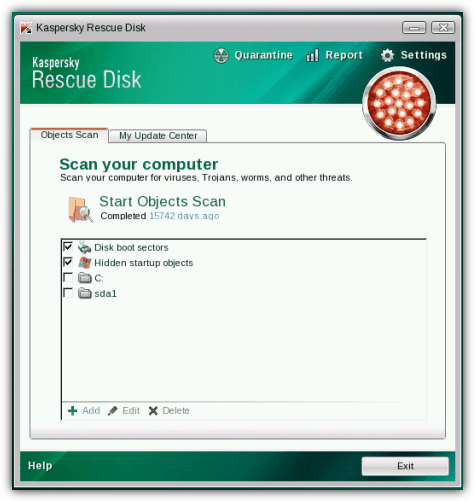
Price: Free
Operating System: Linux
File Size: 282MB
Format: ISO
Signature Update Method: Online or Offline by adding a local source from the Settings area.
Default action(s) for detected items: Prompt for action when scan is completed.
Last Release: Updated daily
Additional Information: Allows you to boot in to graphic or text mode and view hardware information. Kaspersky Rescue Disk comes with Dolphin file manager, Kaspersky Registry Editor and Konqueror web browser. Can be installed to USB using their Kaspersky USB Rescue Disk Maker tool (rescue2usb.exe). Sometimes the scan progress gets stuck at 99%. Take note that ZoneAlarm uses an older build of Kaspersky Rescue Disk.
Download Kaspersky Rescue Disk
12. Norton Bootable Recovery Tool
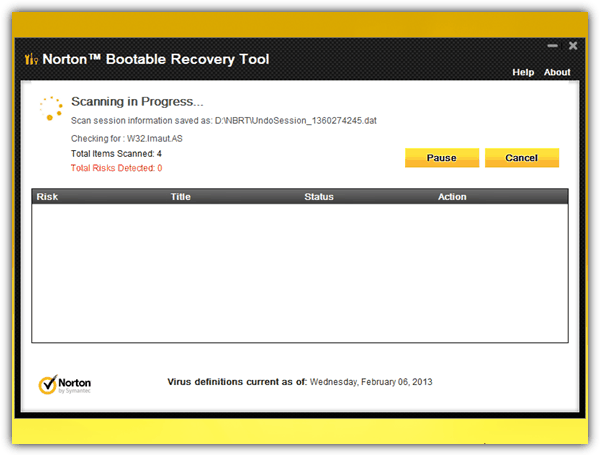
Price: Requires Norton Product Key
Operating System: Windows PE
File Size: 628MB (ISO)
Format: A (.exe) downloader tool that can install to CD/DVD, USB and generate ISO.
Signature Update Method: Auto online update before scan is run.
Default action(s) for detected items: Prompt for action after finished scanning (Fix or Ignore). The fix action will remove the detected file from the original location, encrypt and store it in C:\NBRT\ folder for restoring the file.
Last Release: 22 August 2012
Additional Information: The installation wizard allows you to burn to CD/DVD, create ISO file, install on USB drive, update USB key definitions and add third party drivers. The installer will also automatically download any latest updates to be added to the bootable recovery tool. Do note that a valid Norton product key is required to be entered before you can scan. Upon further testing, we found that the Norton Bootable Recovery Tool even accepts expired and inactive product keys dating as far back as 2008.
Download Norton Bootable Recovery Tool
13. Panda SafeCD
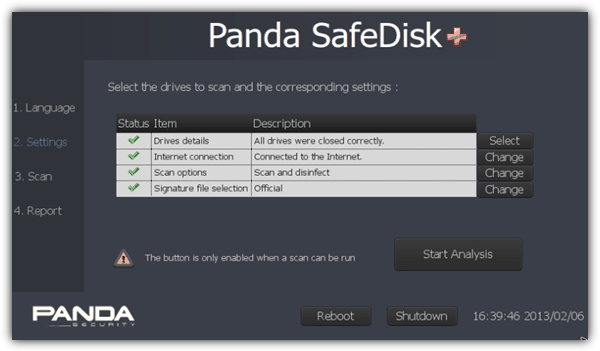
Price: Free
Operating System: Linux
File Size: 245MB
Format: ISO
Signature Update Method: Online or Offline
Default action(s) for detected items: Automatically delete infected file.
Last Release: 03 April 2012
Additional Information: Old build but virus definition can still be updated.
14. PC Tools Alternate Operating System Scanner
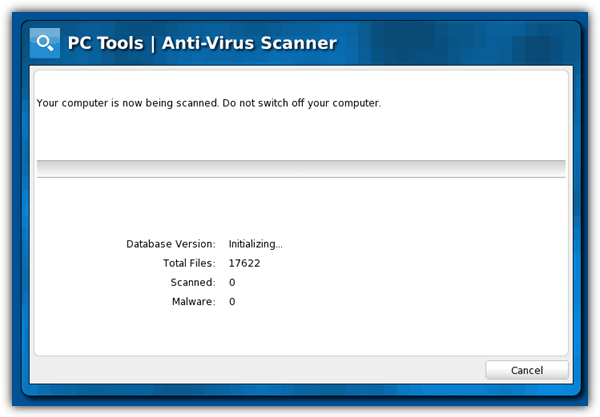
Price: Free
Operating System: Linux
File Size: 234MB
Format: ISO
Signature Update Method: Not Available
Default action(s) for detected items: Confirm detected files to fix after scanning. The fixed files are renamed by adding .AOSS extension.
Last Release: Updated daily
Additional Information: Comes with additional utilities such as file recovery, file manager and disk detonator (wiping).
Download PC Tools Alternate Operating System Scanner
15. Quick Heal Emergency Disk
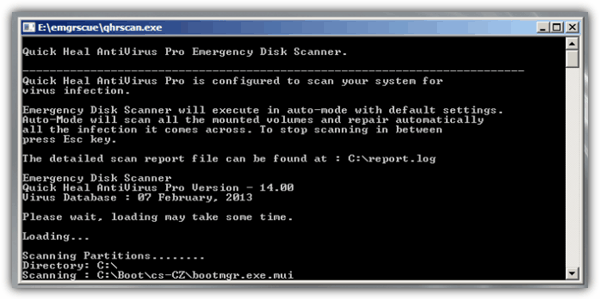
Price: Available only to Quick Heal users (paid and trial)
Operating System: Windows PE
File Size: 314MB for Quick Heal AntiVirus Pro 2013 + 124MB emgpkg32 zip archive
Format: write to CD/DVD, install to USB
Signature Update Method: Not Available
Default action(s) for detected items: Automatically delete detected items
Last Release: Not Applicable
Additional Information: You can create a free Quick Heal Emergency Disk from any of their desktop security products such as Quick Heal AntiVirus Pro 2013. After downloading, installing and activating the trial, go to Tools > and click on “Create Emergency Disk”. You are required to download the emergency disk package according to your Windows system architecture, extract it and provide the extracted package folder path in Create Emergency Disk wizard.
16. Rising Antivirus Rescue CD
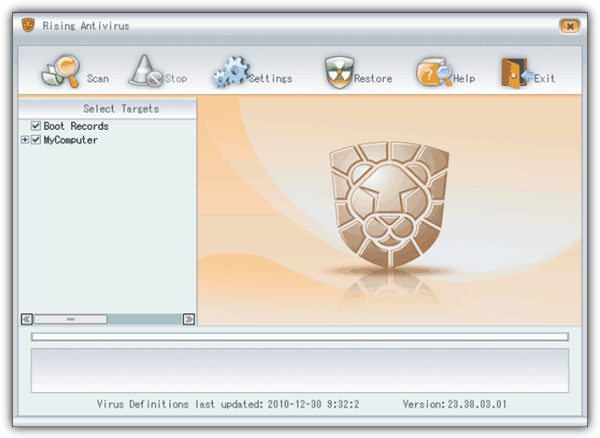
Price: Free
Operating System: Linux
File Size: 86.9MB
Format: ISO
Signature Update Method: From USB created with “Backup VirusLib to U Disk” in Rising Antivirus. Refer to the official guide for the step-by-step instructions.
Default action(s) for detected items: Ask for action at end of scan.
Last Release: 30 December 2010
Additional Information: Both the Rising Antivirus for Linux software and the definitions hard coded into the ISO rescue disc are very old. Updating the definitions is possible by loading them from USB which is quite troublesome to create.
Download Rising Antivirus Rescue CD
17. Sophos Bootable Anti-Virus
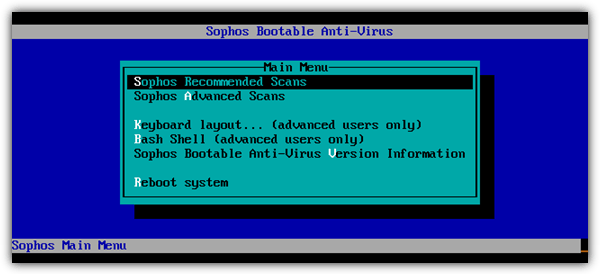
Price: Free
Operating System: Linux
File Size: 136MB
Format: ISO
Signature Update Method: Not Available
Default action(s) for detected items: The “Recommended Scan” option prompts to confirm renaming the infected file upon detection.
Last Release: 26 October 2012
Additional Information: Requires several steps to create the ISO image file including usage of the command prompt. The detailed instructions can be found on this page.
Download Sophos Bootable Anti-Virus
18. Trend Micro Rescue Disk
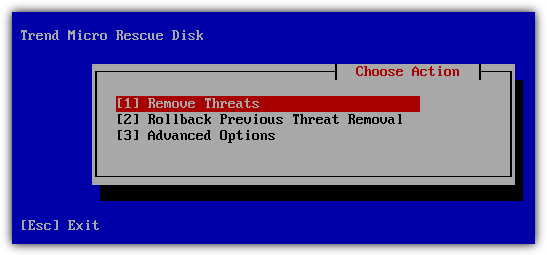
Price: Free
Operating System: Linux
File Size: 55.6MB
Format: Installer can burn to disc or install to USB
Signature Update Method: Not Available
Default action(s) for detected items: Automatically move detected files to C:\TMRescueDisk\Session\ folder.
Last Release: 26 September 2012
Additional Information: Running the installer will first download the latest virus definition file around 13MB to embed into the rescue disk.





User forum
44 messages